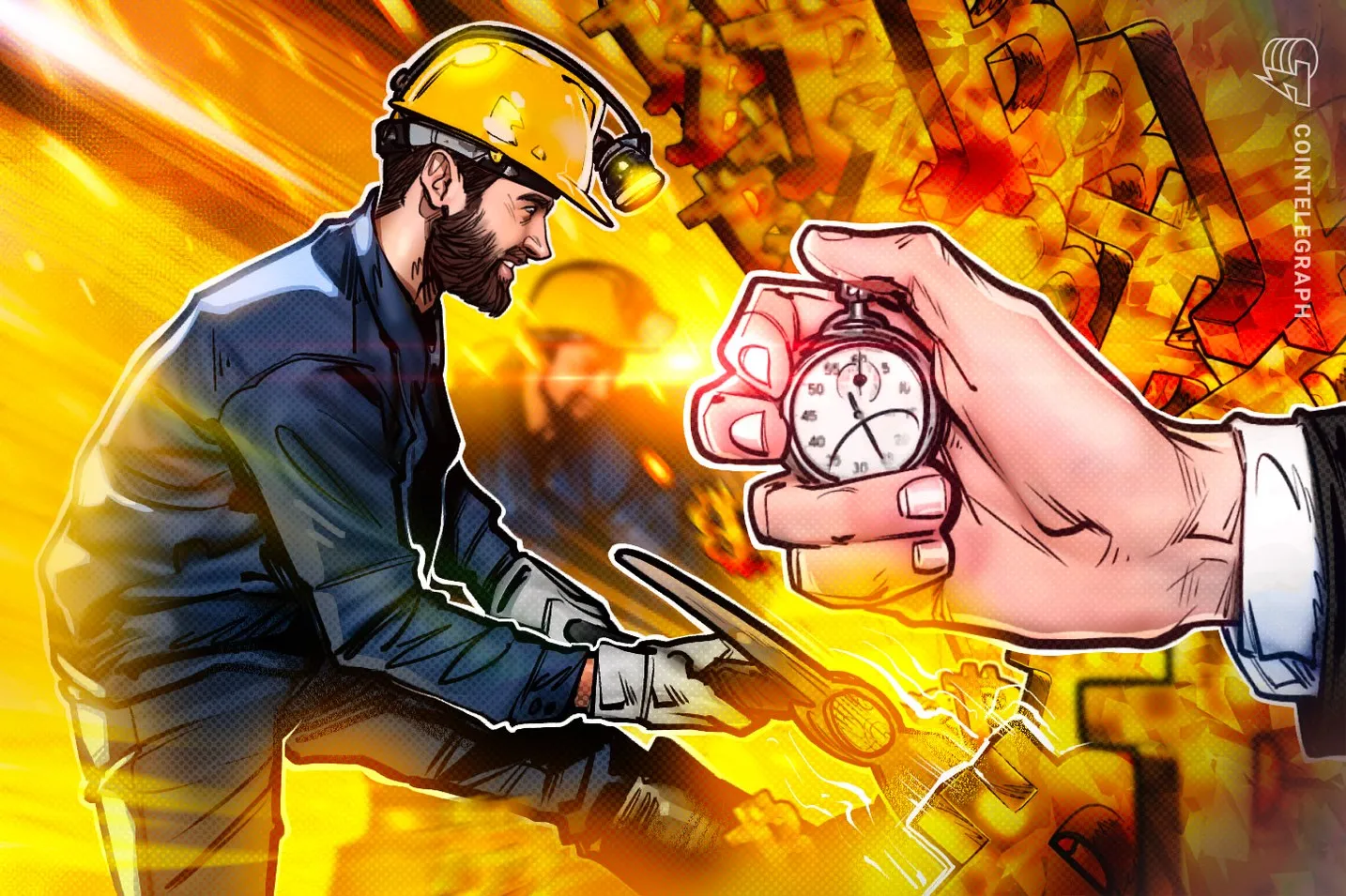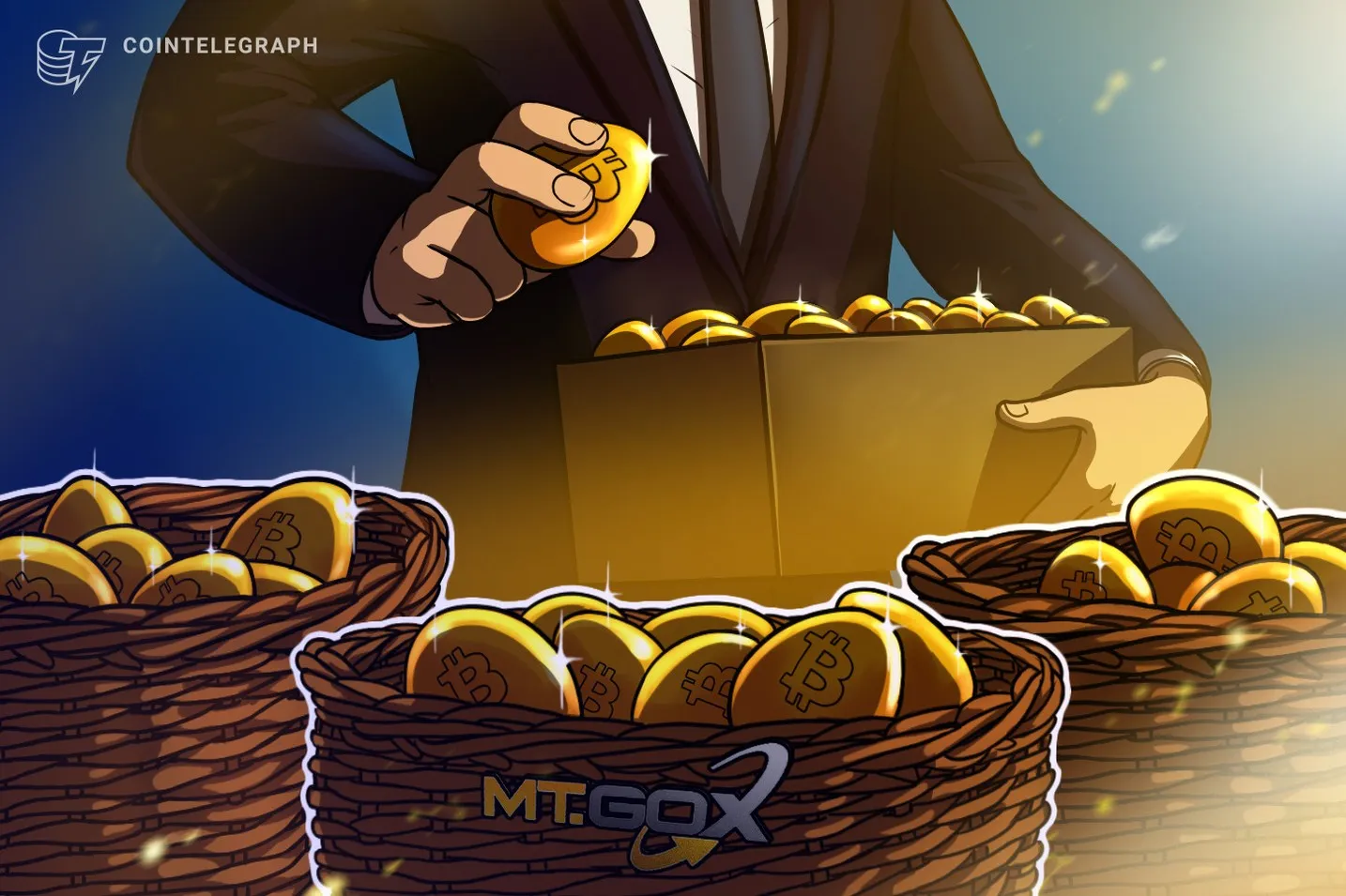In recent years, the boundaries between AI and cryptocurrency have become increasingly blurred, leading to a dual development of "complementarity + confrontation" in the industry. On a practical level, new financial channels are directly introducing crypto assets into AI infrastructure: for example, some projects are attempting to use stablecoins and DeFi credit for GPU and computing power financing, aiming to convert crypto liquidity into hardware investments needed for model training and inference. This demonstrates a strong demand for computing power from the capital side and reflects the flexibility of on-chain settlement in global capital flows.
At the same time, large tech companies and crypto platforms are advancing integration at the payment and settlement level. Some open protocols are promoting an "agent-to-agent" automatic payment mechanism between AI applications and supporting stablecoins as a settlement option, which opens up more convenient channels for value flow, micropayments, and decentralized services within AI applications, and also creates new synergies between traditional cloud computing and on-chain payments. The advancement of such protocols is changing how AI services acquire computing power and financial resources.
In terms of industry strategy, Bitcoin mining companies and custodians are also seeking transformation paths. They are hedging against the volatility of the crypto market by expanding computing power sites and redirecting idle data centers and power resources towards AI and high-performance computing (HPC) businesses. Some publicly listed mining companies have seen significant changes in market valuation and investment narratives after business adjustments. However, the financialization of computing power has also brought about issues of leverage and credit risk. Regulatory and credit terms will be decisive factors in whether these companies can successfully transform.
The security aspect is also facing new challenges. Research shows that attackers are using AI tools to automate vulnerability scanning, generate attack templates, and accelerate penetration processes, significantly speeding up the attack and defense rhythm of blockchain and smart contracts. This requires exchanges, node operators, and smart contract developers to establish an "AI-aware" continuous security audit system. Relying solely on manual audits is no longer sufficient to withstand automated and self-learning attack patterns.
On the market side, AI-driven automated trading is also reshaping the volatility structure of the crypto market. Although some traders are attempting to use AI models to optimize strategies or execute high-frequency trading, industry testing results indicate that such algorithms may amplify risks in extreme market conditions, especially in cases of leverage and insufficient liquidity, where AI decision-making can easily trigger chain liquidations and price anomalies. Therefore, the application of AI in trading scenarios should be accompanied by strict risk management and transparent disclosure mechanisms.
Regulation and governance have become key variables for future development. The combination of AI and cryptocurrency has brought new issues such as cross-border capital flows, anti-money laundering, and the identification of algorithmic accountability, while also providing potential governance tools, such as on-chain auditable data, decentralized identities, and model usage records. Policymakers and the industry need to strike a balance between "protecting investors and maintaining stability" and "encouraging technological innovation." At the same time, industry self-regulatory standards—such as accounting standards for computing power tokenization and compliance usage norms for AI datasets—will directly determine which projects can gain institutional trust.
Overall, AI is injecting new vitality into the crypto industry. From computing power financing to decentralized AI services, innovations are continuously emerging. However, risks are also accumulating simultaneously: security threats are becoming more complex, market volatility is being amplified, and regulatory boundaries are increasingly blurred. Future focus should be on three aspects: first, enhancing the transparency of funds and computing power, and building a robust risk control framework; second, establishing an AI-driven security and compliance response system; third, promoting cross-industry standardized governance to reduce the gray areas brought about by technological integration.
Only by maintaining a balance between innovation and rules can the combination of AI and cryptocurrency move from short-term speculation to long-term value creation.
Related: Solana Co-founder: The claim that L2 inherits ETH's security is incorrect
Original text: “Artificial Intelligence and Cryptocurrency: The Next Market Reconfiguration Fueling Each Other”
免责声明:本文章仅代表作者个人观点,不代表本平台的立场和观点。本文章仅供信息分享,不构成对任何人的任何投资建议。用户与作者之间的任何争议,与本平台无关。如网页中刊载的文章或图片涉及侵权,请提供相关的权利证明和身份证明发送邮件到support@aicoin.com,本平台相关工作人员将会进行核查。




